A direct pulp capping is a procedure in which a medicament is placed directly over the exposed dental pulp, with the specific aim of maintaining pulp vitality and health (Camp […]
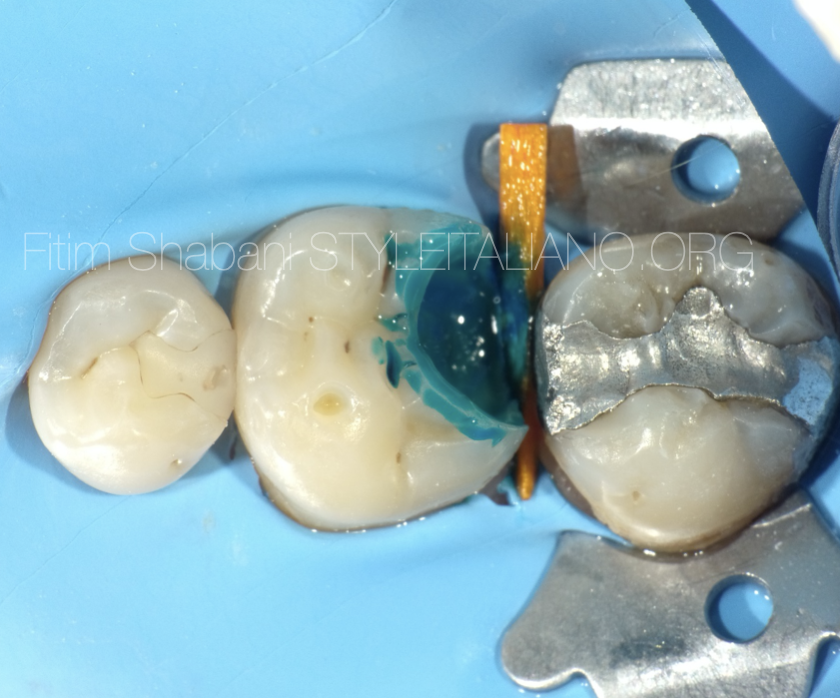 Direct pulp capping
Direct pulp capping
A direct pulp capping is a procedure in which a medicament is placed directly over the exposed dental pulp, with the specific aim of maintaining pulp vitality and health (Camp […]
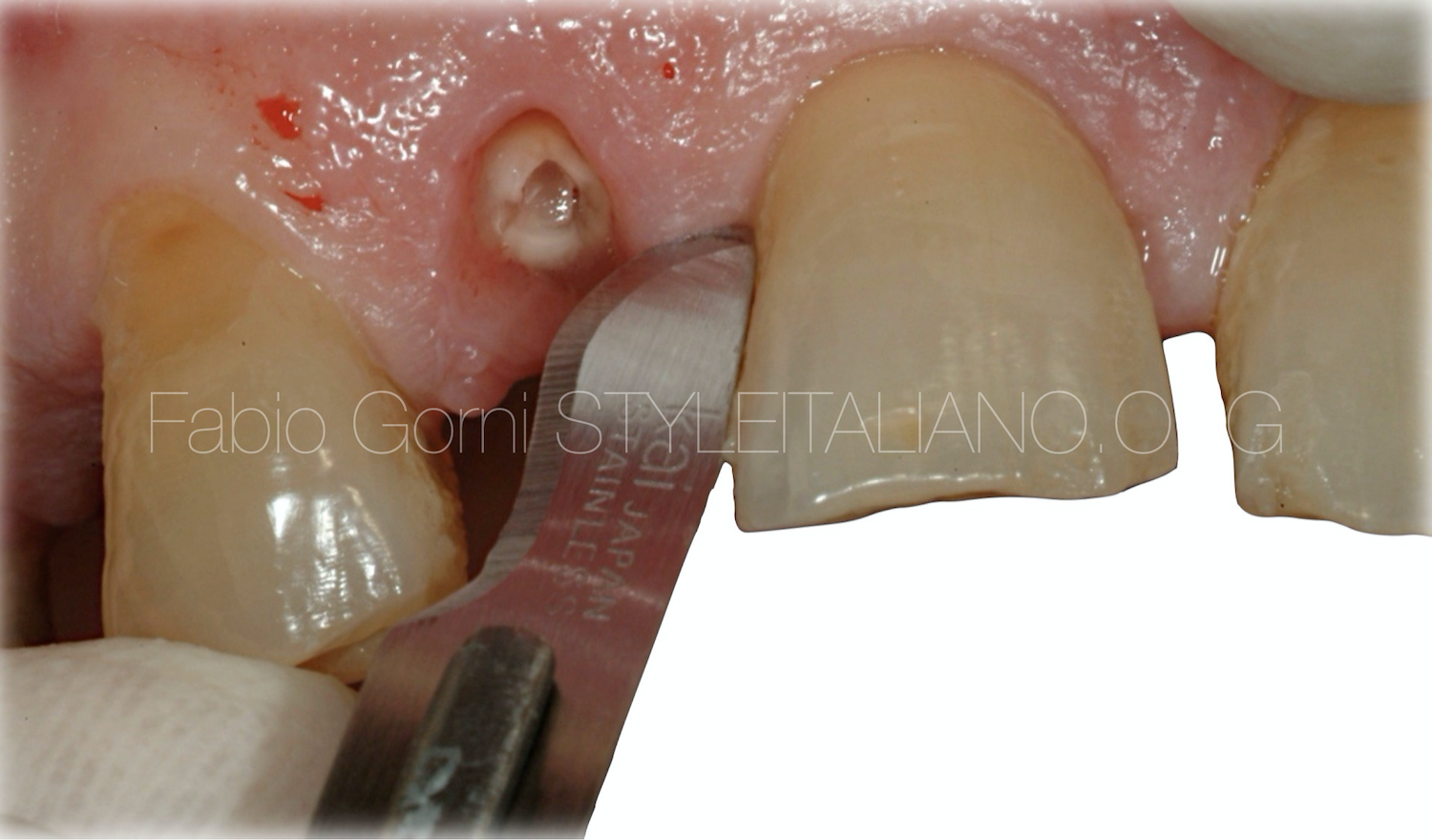 Corono-radicular fractures: a new conservative approach
Corono-radicular fractures: a new conservative approach
Traumatic lesions of permanent dentition have a percentage of incidence which ranges from 26-76%: the most frequent causes are falls, accidents occurred during sports or as a consequence of violent […]
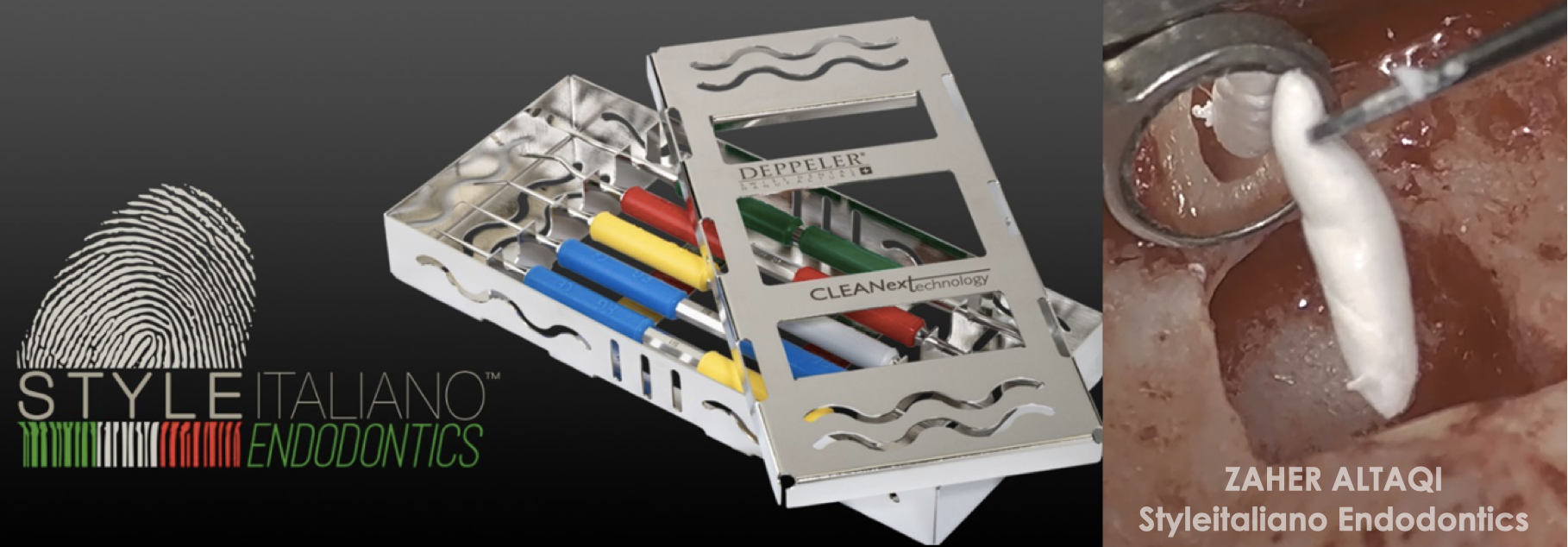 Micro apical surgery by SIE kit
Micro apical surgery by SIE kit
Apical surgery is an option for the management of endodontically-treated tooth with persistent periapical lesions or symptom/sign. Several epidemiological studies have suggested that 33–60% of endodontically-treated teeth still presented the […]
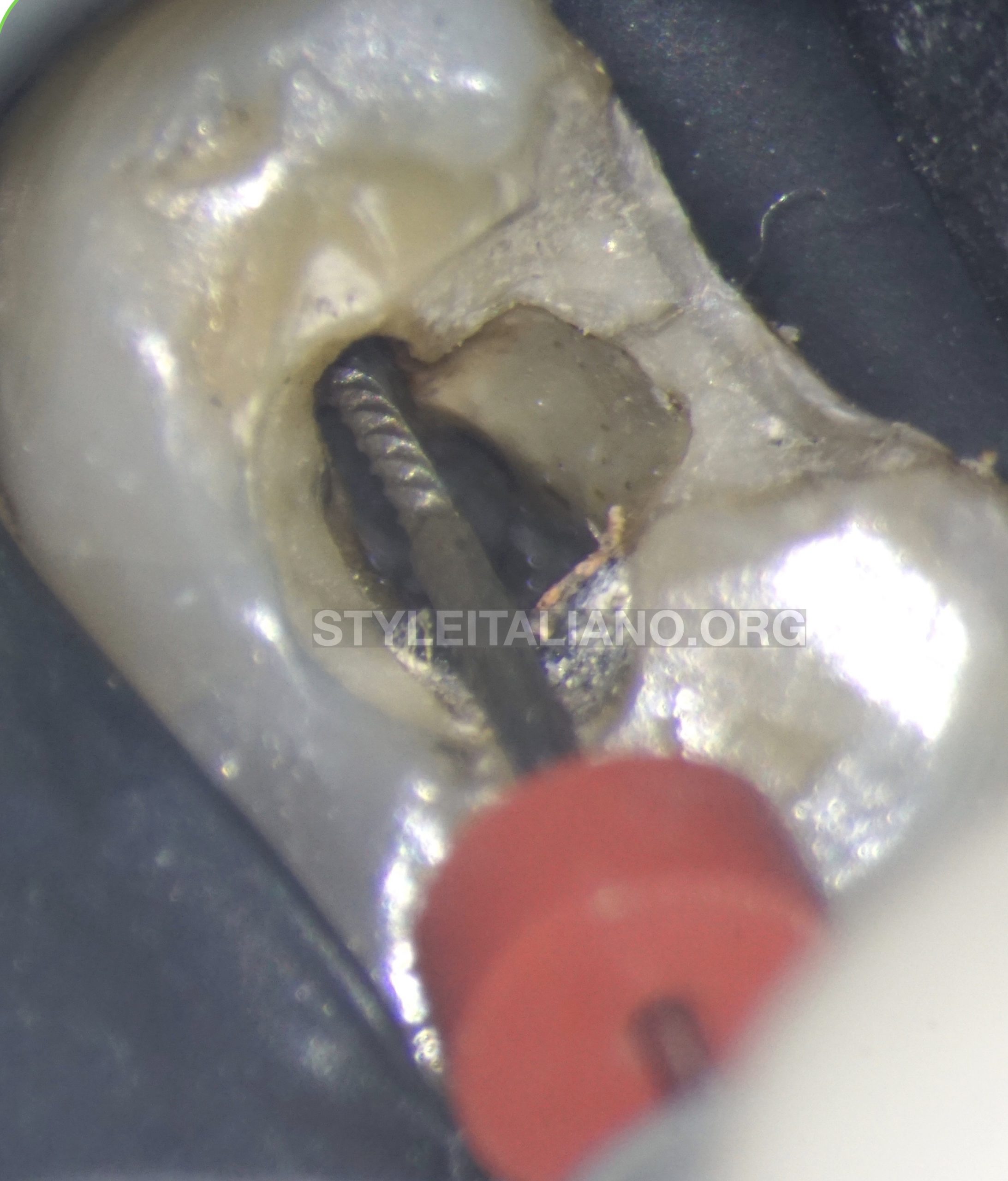 Endodontic retreatment of a maxillary second premolar with multiple shortcomings.
Endodontic retreatment of a maxillary second premolar with multiple shortcomings.
Knowledge of the root canal morphology and location of canals is important in a root canal treatment. Inability to locate and treat all the canals could lead to failure of […]
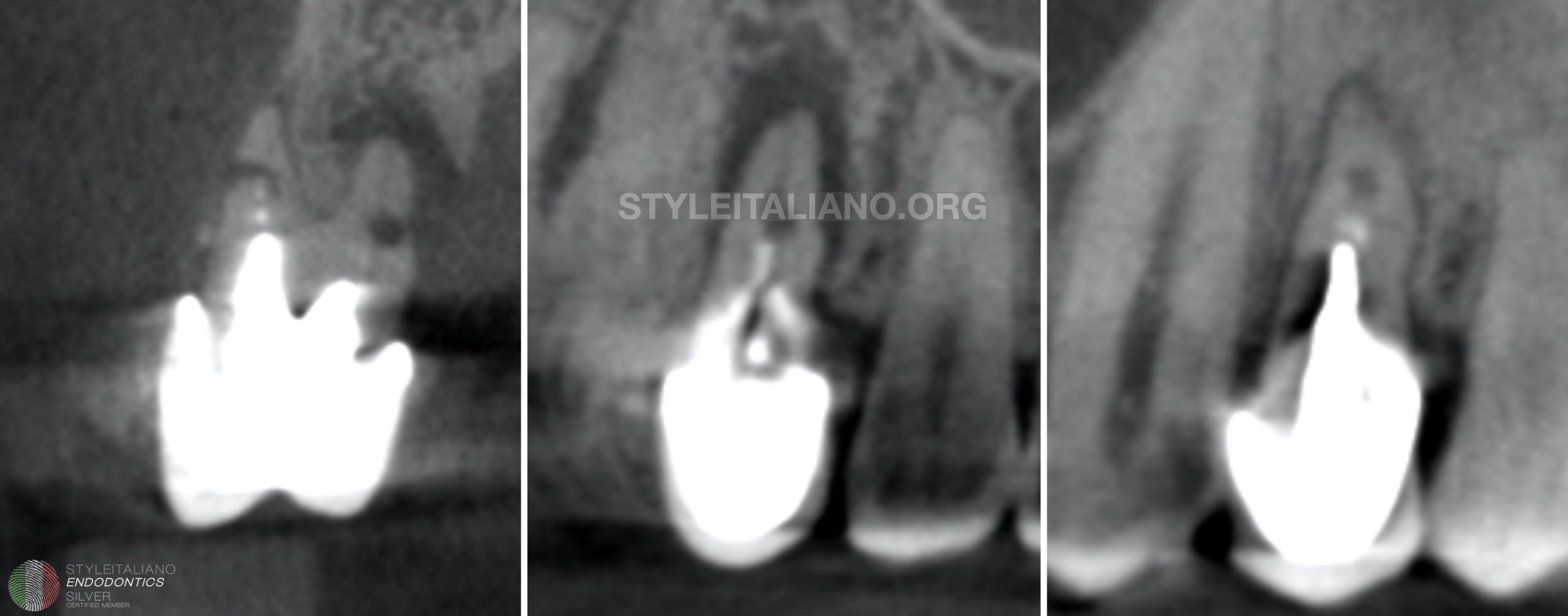 Necrodontics - saving hopeless teeth
Necrodontics - saving hopeless teeth
Both non-surgical and surgical retreatment procedures are performed when the primary treatment fails and we are trying to preserve the tooth. Usually the next attempt after the primary treatment is […]
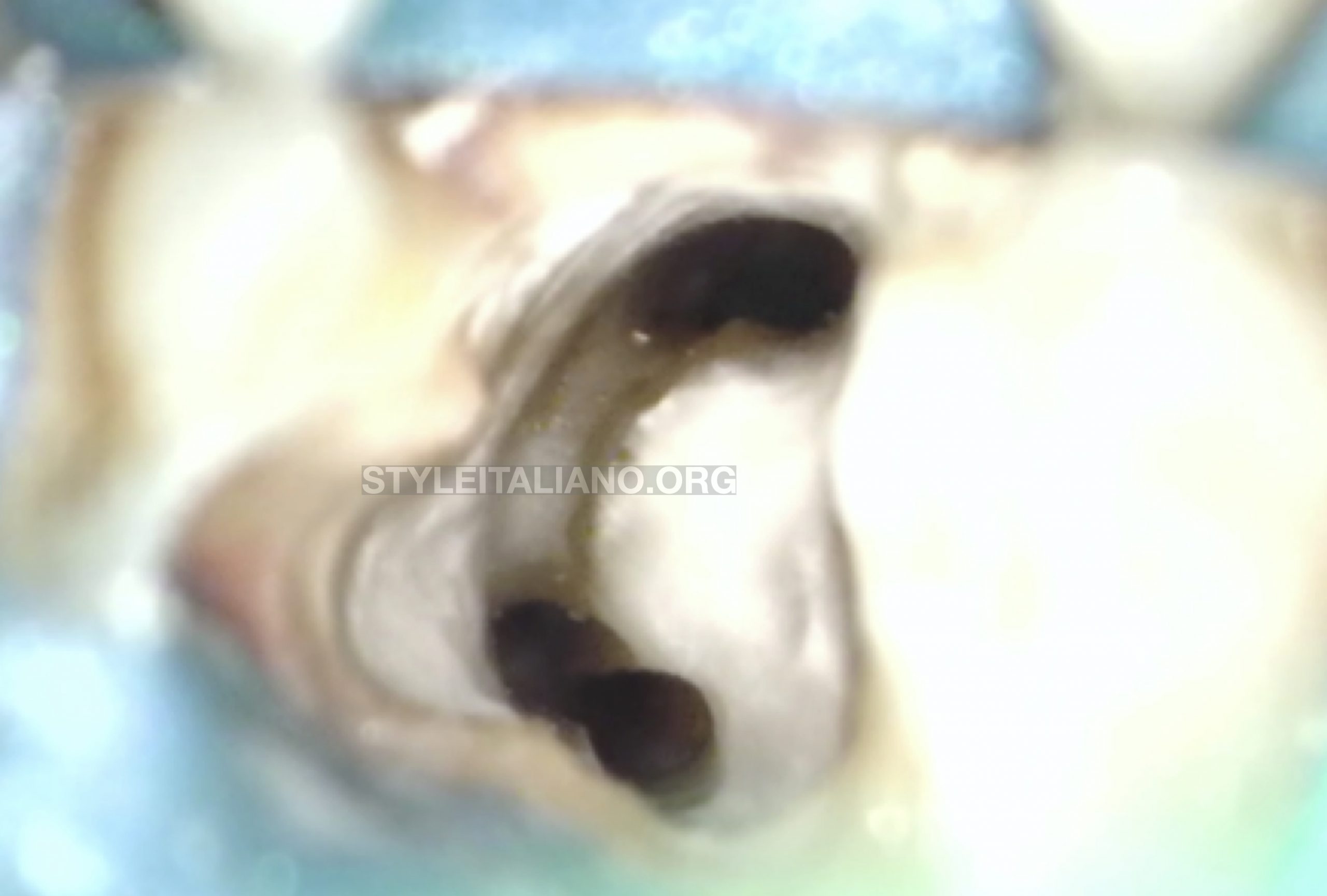 Treatment of a C shaped canal of a mandibular second molar
Treatment of a C shaped canal of a mandibular second molar
Mandibular second molars are known to have a complex root canal anatomy with anastomosis, resulting in some difficulties during root canal treatment, especially for the complete debridement of organic tissues […]
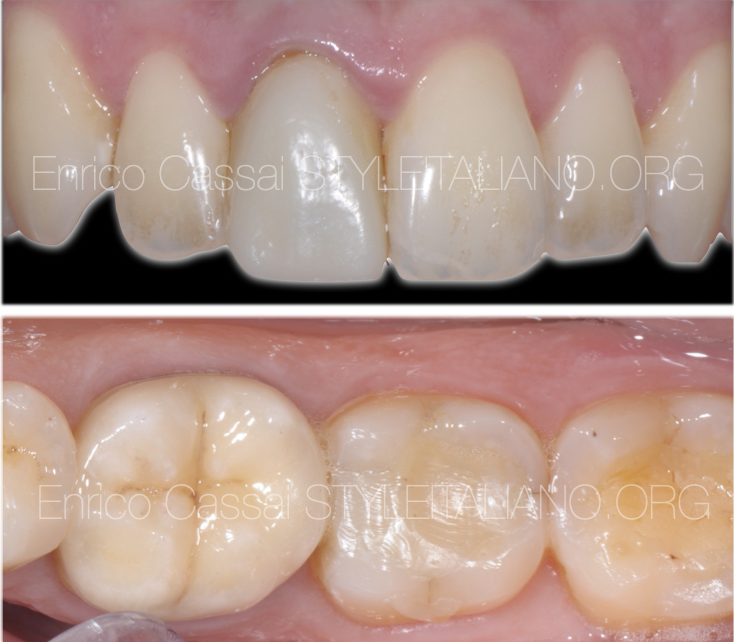 Redefining the access in retreatments: part V of V
Redefining the access in retreatments: part V of V
In the context of retreatments and re-access, very often it happens to perform a new endodontic therapy removing and sacrificing the old crown. The choice that the clinician must make […]
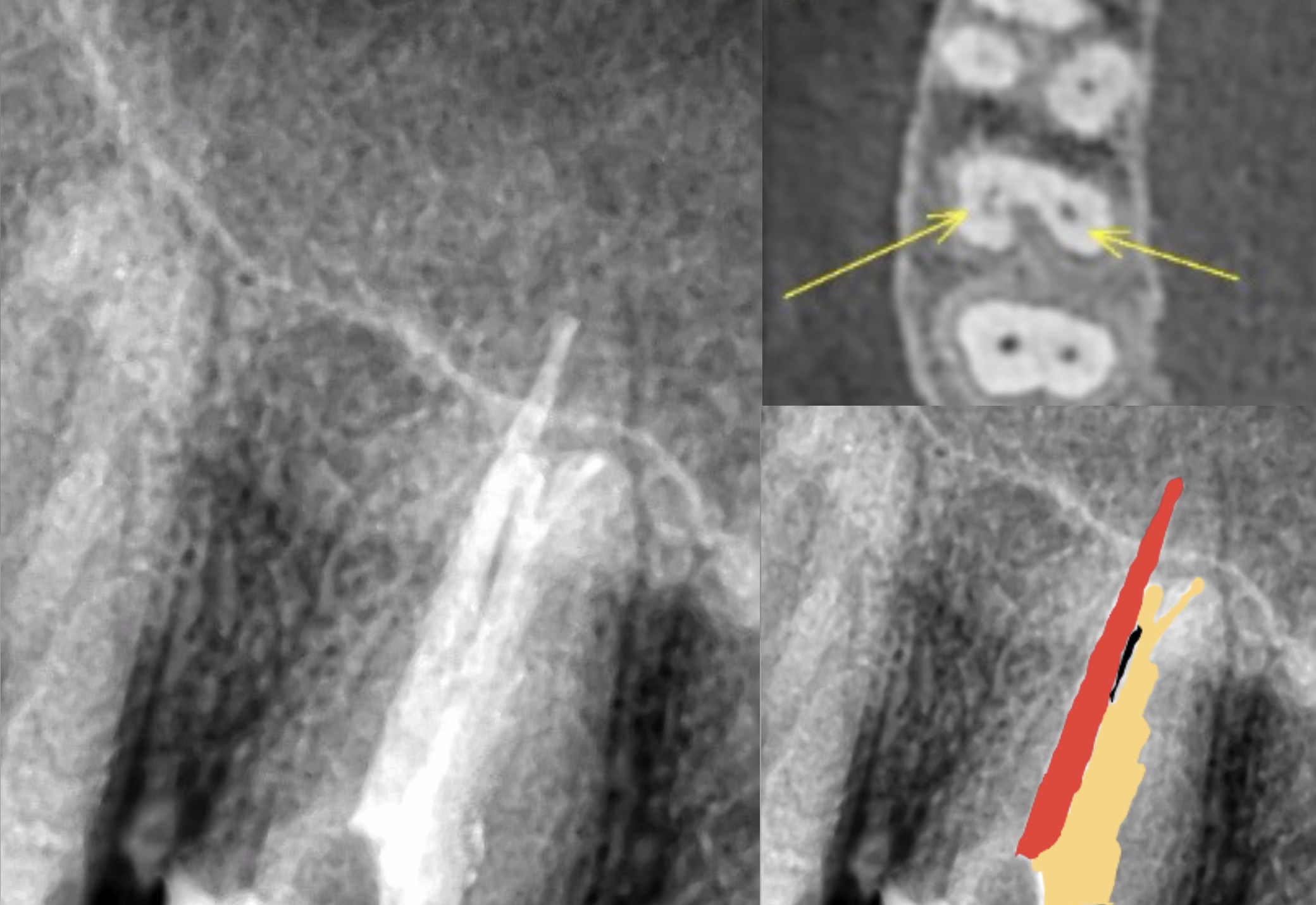 Managing a maxillary second molar with C shaped anatomy
Managing a maxillary second molar with C shaped anatomy
For a more predictable root canal treatment, a good knowledge of root canal systems, their anatomy and variations, serves a vital role. A failure to identify and manage a varied […]
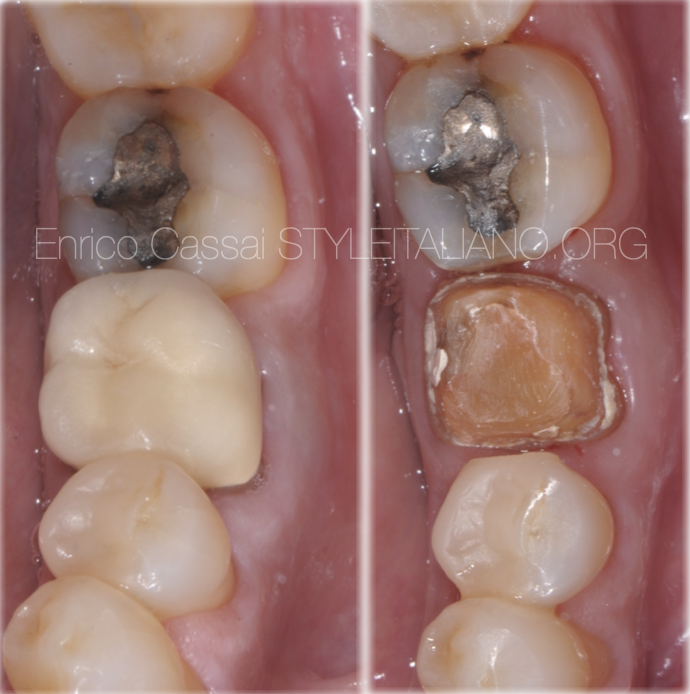 Redefining the access in retreatments: Part IV of V
Redefining the access in retreatments: Part IV of V
In the context of retreatments and re-access, sometimes it happens to perform a new endodontic therapy recovering the old prosthetic crown. A careful preoperative evaluation can allow the clinician to […]
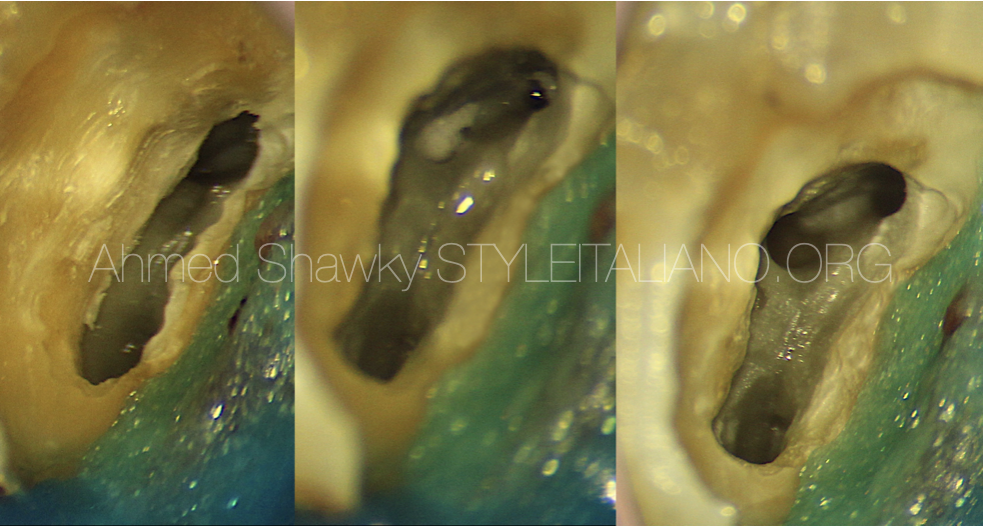 Cavity refinement: an essentiality or extravagance?
Cavity refinement: an essentiality or extravagance?
Access cavity preparation is considered as the most important step in the endodontic treatment protocol. Inability of the operator to visualize anatomical requirements of the preparation may end in aggressive […]
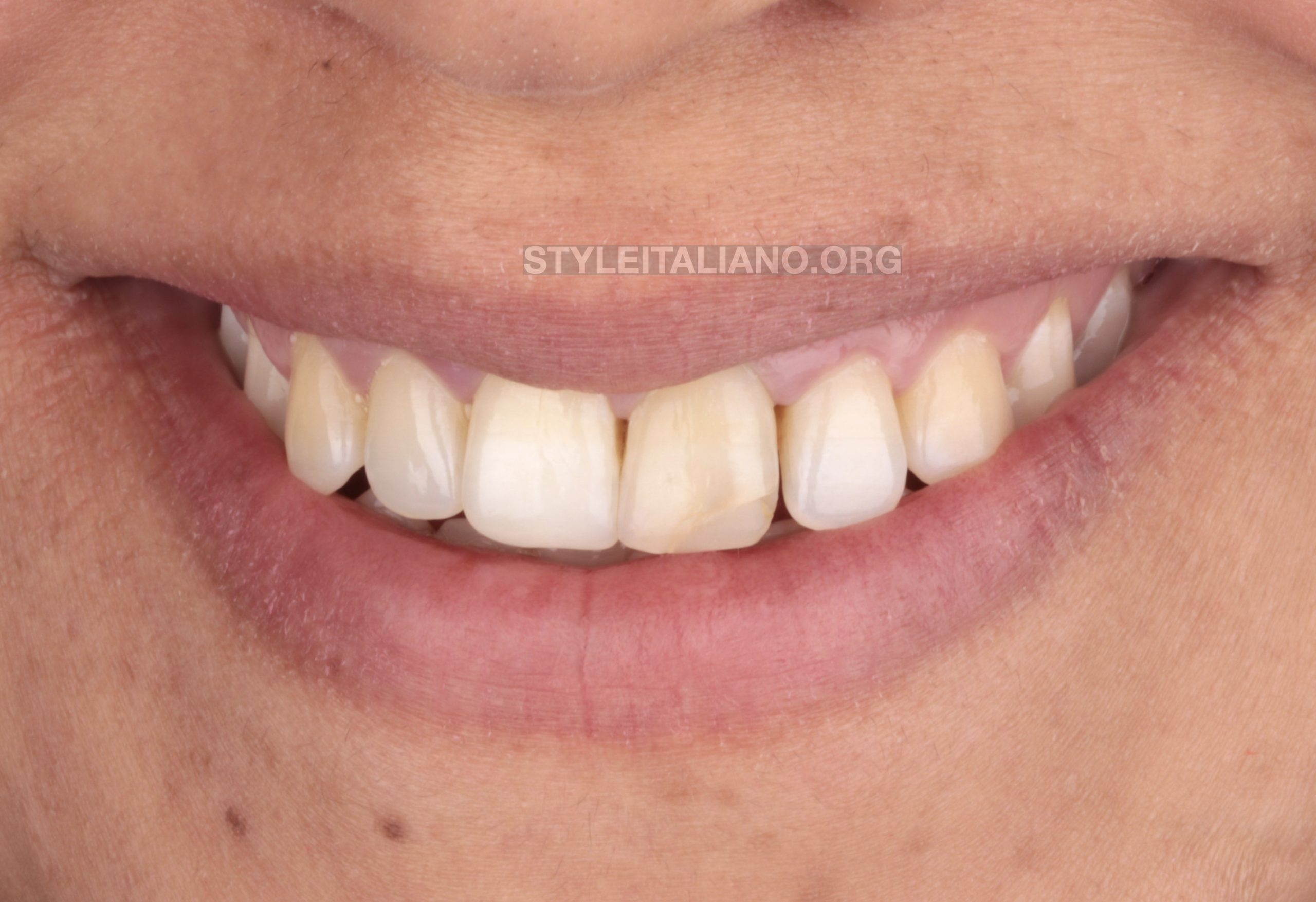 Three Years Follow-up of Large Lesion Treated With MTA Apical Plug
Three Years Follow-up of Large Lesion Treated With MTA Apical Plug
The goal of Endodontic treatment is to cure or prevent apical periodontitis (Ørstavik & Pitt Ford 2008). Endodontic treatment does not end when the root canal being filled, but when […]
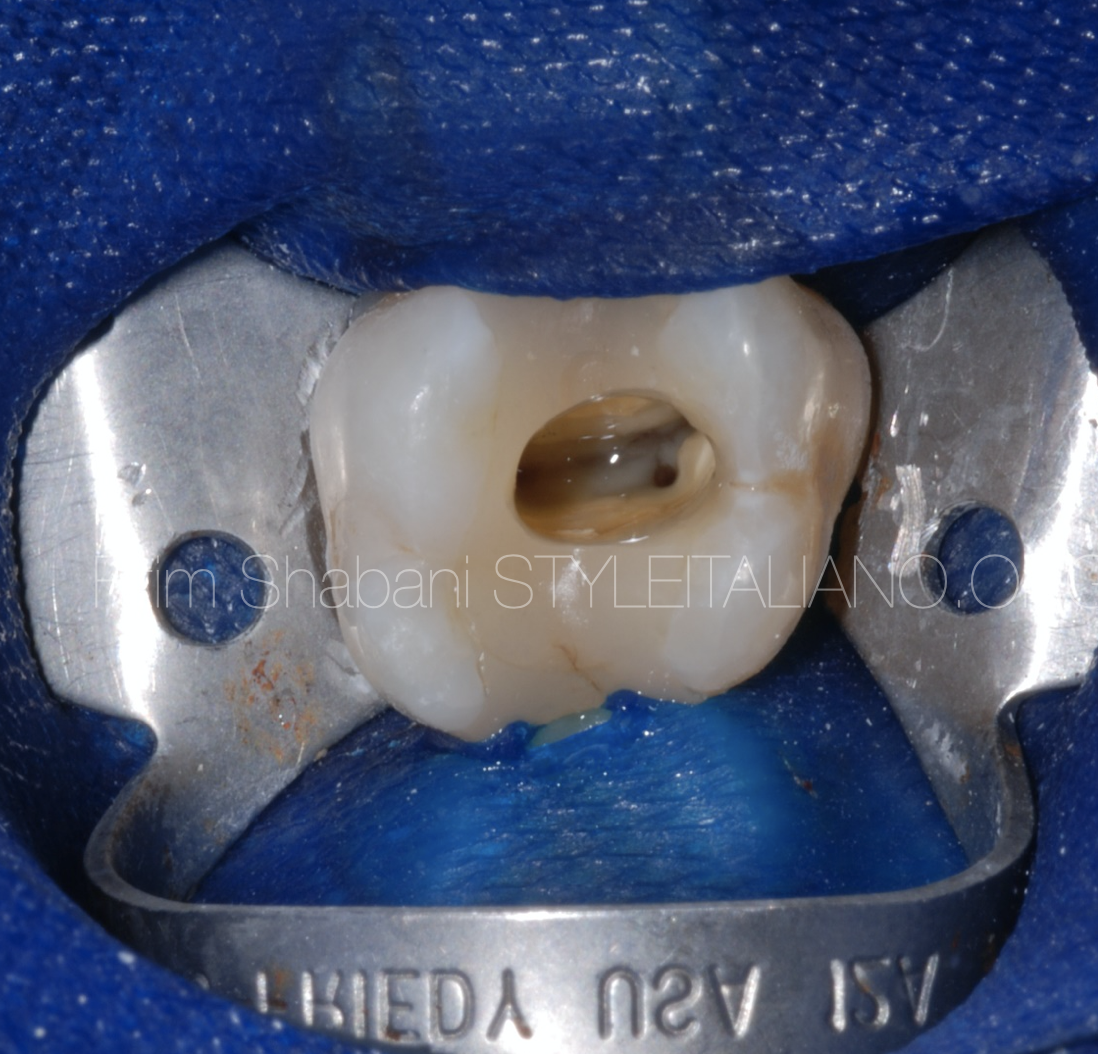 Finding the MB2 - part 2
Finding the MB2 - part 2
Finding the second buccomesial canal of the first maxillary molars called MB2 is a challenge for any dentist due to its localization and anatomy. The MB2 canal is usually located […]